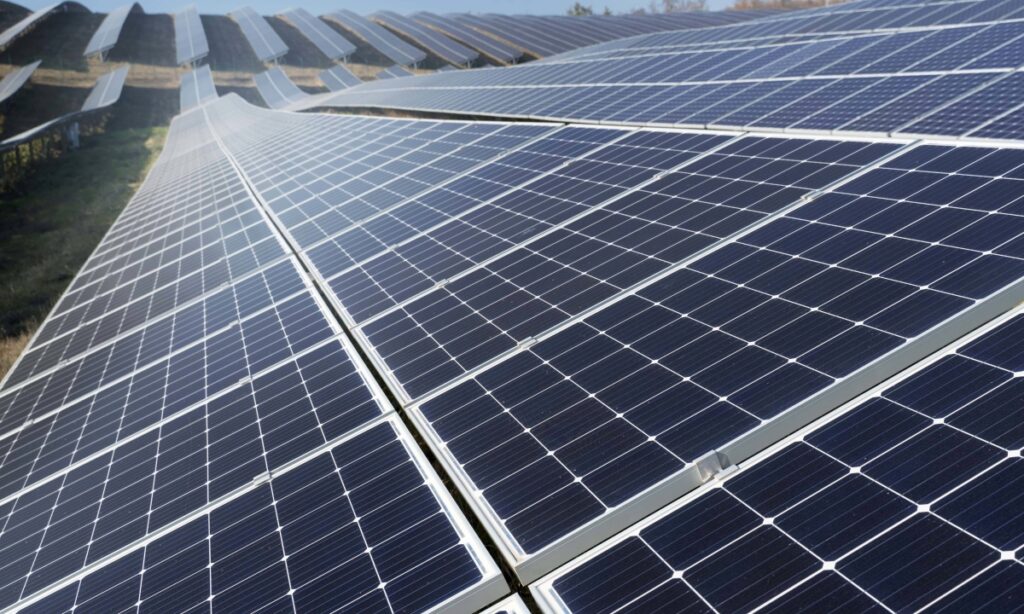Introduction
In an era where sustainable and renewable energy sources are gaining prominence, solar energy has emerged as a frontrunner. Solar power systems offer a clean and abundant source of electricity by harnessing the sun’s energy. In this article, we will provide you with a comprehensive guide on the installation of a solar system, ensuring that you embark on your sustainable energy journey with confidence.
1- Understanding Solar Energy
Solar energy is a renewable energy source that relies on capturing sunlight and converting it into usable electricity. This clean and abundant energy has a minimal impact on the environment and offers numerous benefits, including reduced electricity bills and a decreased carbon footprint.
2- Planning Your Solar System
a. Assessing Your Energy Needs: Start by analyzing your energy consumption to determine the appropriate size and capacity of your solar system.
b. Roof Suitability: Evaluate your roof’s orientation, angle, and shade-free areas to ensure maximum sunlight exposure for your solar panels.
c. Local Regulations and Permits: Familiarize yourself with local regulations and obtain any necessary permits for solar system installation.
3- Choosing the Right Solar Panels
a. Types of Solar Panels: Monocrystalline, polycrystalline, and thin-film are the main types of solar panels available. Compare their efficiency, durability, and cost before making a decision.
b. Quality and Warranty: Select panels from reputable manufacturers that offer extended warranties and meet industry standards.
4- Partnering with a Solar Installer
a. Research and Recommendations: Seek recommendations, read reviews, and conduct thorough research to find experienced and reputable solar installers.
b. Obtain Multiple Quotes: Request quotes from several installers to compare pricing, services, and warranties.
c. Check Credentials: Verify the installer’s licenses, certifications, and insurance to ensure they meet the necessary qualifications.
5- Financing and Incentives
a. Cost Considerations: Understand the initial investment required for solar system installation and assess long-term savings.
b. Incentives and Rebates: Research local, state, and federal incentives, such as tax credits, grants, and net metering, to offset installation costs and improve the financial viability of your solar system.
6- Solar System Installation Process
a. Site Assessment: The installer will conduct a site visit to assess your roof, electrical system, and other relevant factors.
b. Panel Mounting: The solar panels will be securely mounted on your roof or other appropriate areas, ensuring optimal positioning for maximum sunlight exposure.
c. Electrical Connections: The installer will connect the solar panels to an inverter, which converts the captured solar energy into usable electricity.
d. System Testing: After installation, the system will undergo comprehensive testing to ensure proper functioning and performance.
7- Maintenance and Monitoring
a. Regular Inspections: Schedule periodic inspections to identify and address any issues with your solar system promptly.
b. Cleaning and Upkeep: Keep the solar panels clean and free from debris to maximize their efficiency. Follow the manufacturer’s maintenance guidelines.
c. Monitoring Performance: Utilize monitoring tools to track the energy production of your solar system and identify any performance deviations.
Conclusion
Solar energy provides an environmentally friendly and cost-effective solution for generating electricity. By following this comprehensive guide to solar system installation, you can embark on a sustainable energy journey that benefits both your wallet and the planet. Remember to choose reputable installers, assess your energy needs








